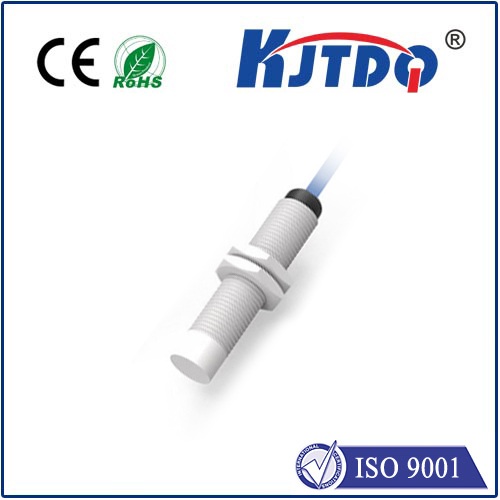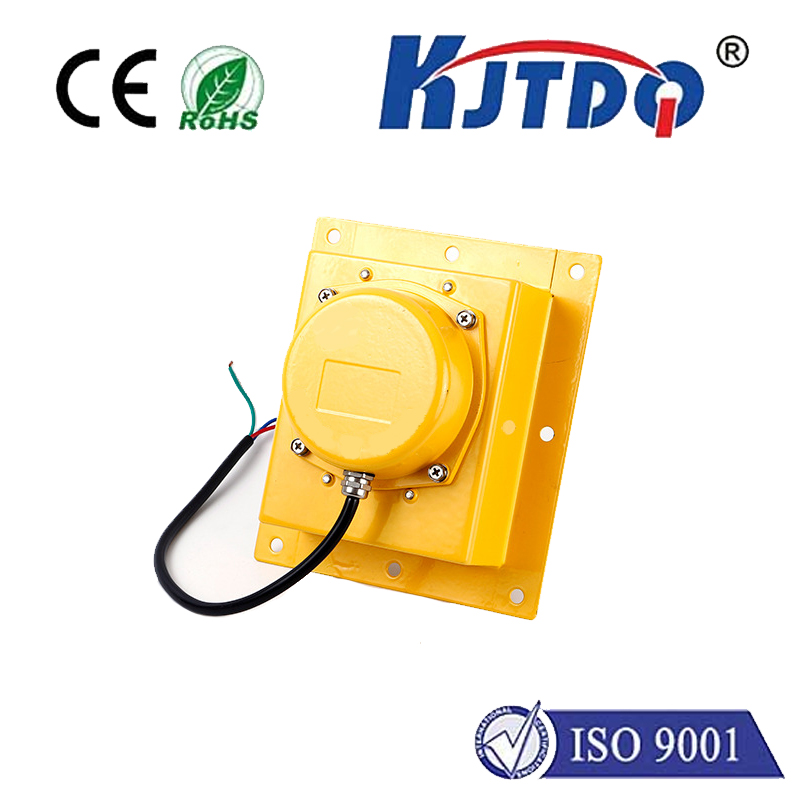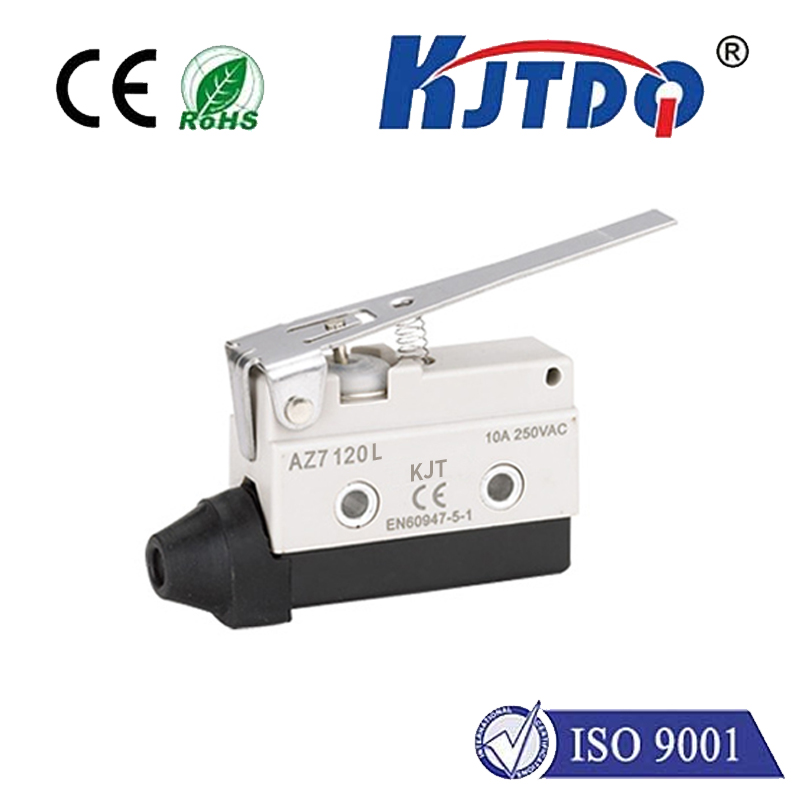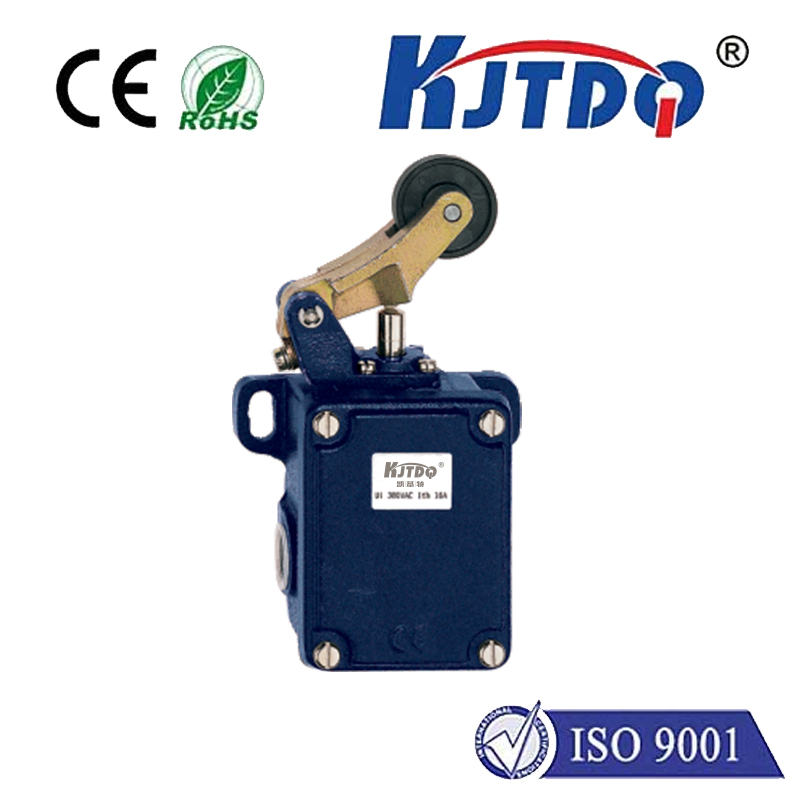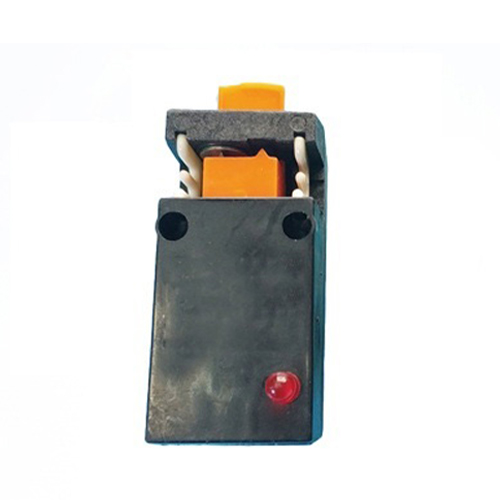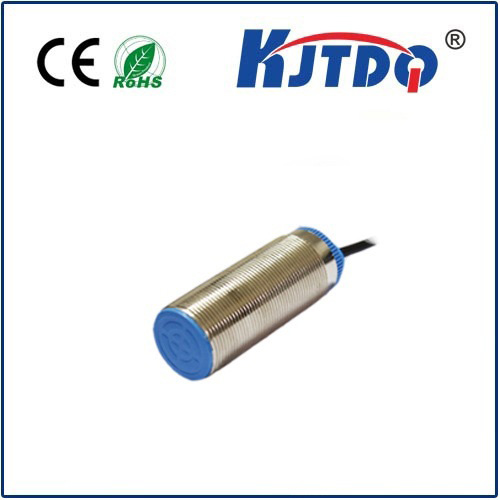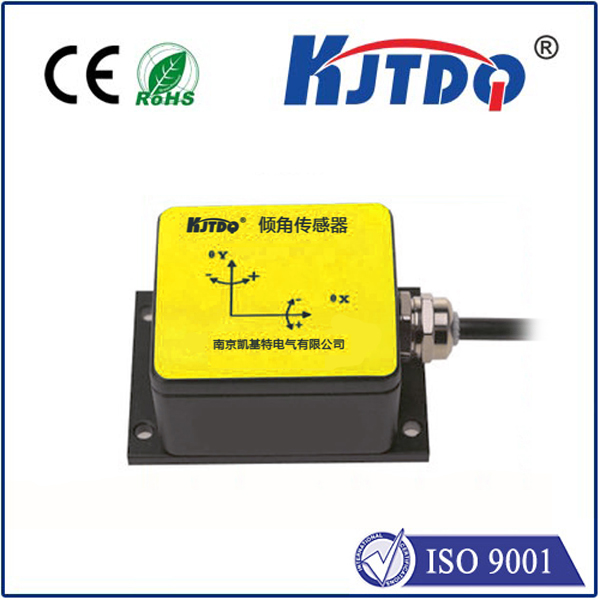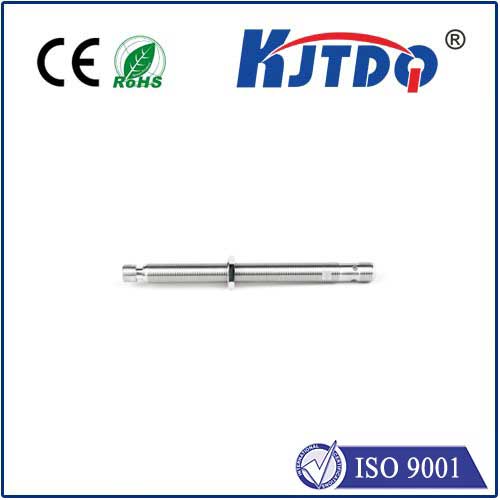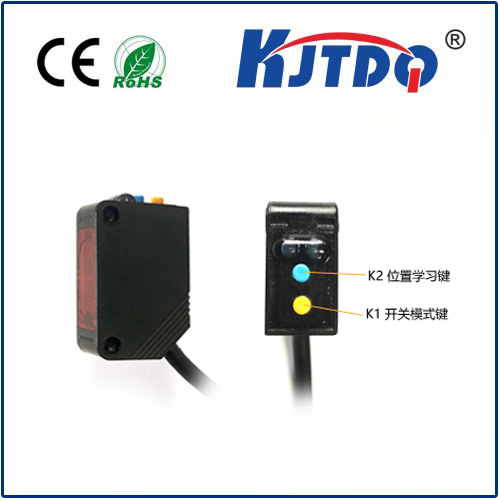optical linear position sensor
- time:2025-08-13 14:56:58
- Click:0
Unlocking Precision: How Optical Linear Position Sensors Transform Motion Control
In a world increasingly driven by automation, robotics, and micron-level precision, accurately determining the position of a moving object along a straight line is paramount. From robotic arms performing delicate assembly to high-speed CNC machines carving intricate components, the invisible hero enabling this accuracy is often the linear position sensor. Among the diverse technologies available, optical linear position sensors stand out for their exceptional resolution, reliability, and non-contact operation, fundamentally changing how engineers measure linear displacement.
Understanding the Core: What is an Optical Linear Position Sensor?
At its heart, an optical linear position sensor is a sophisticated device designed to precisely measure the linear displacement (movement along a straight path) of an object relative to a fixed point. Unlike potentiometers or LVDTs (Linear Variable Differential Transformers), which often rely on physical contact or magnetic fields, optical sensors utilize the fundamental properties of light to achieve measurement. The core principle involves projecting light onto a specially encoded scale (like a linear encoder strip or grating) attached to the moving object and then detecting the reflected or transmitted light pattern with a stationary optical sensor head. By analyzing changes in this light pattern as the scale moves, the sensor calculates the object’s exact position with high fidelity.
The Inner Worklight: Key Components and Working Principle

The magic of optical linear position sensing relies on several key components working in concert:
- Light Source: Typically an LED (Light Emitting Diode) or laser diode, generating a stable beam of light.
- Scale (Encoder Strip/Grating): A linear strip marked with high-precision, repetitive patterns. Common types include:
- Incremental Encoders: Feature equally spaced lines or gratings. They measure relative displacement by counting the lines passing by the sensor and require a reference point (index mark) for absolute position after startup.
- Absolute Encoders: Employ complex, unique codes along their length. They provide a unique digital output corresponding directly to the absolute position anywhere along the scale immediately upon power-up, without needing homing.
- Optics (Lenses and Gratings): Focus and condition the light beam onto the scale and then onto the photodetector array. Sometimes, a reference grating is used within the readhead to create interference patterns (Moiré fringes).
- Photodetector Array (e.g., CMOS or CCD): Captures the light pattern modified by the scale. As the scale moves, the pattern detected by the photodiodes shifts.
- Signal Processing Electronics: The crucial brain. This circuitry (often a specialized ASIC - Application-Specific Integrated Circuit) receives the analog signals from the photodetectors, performs complex interpolation to sub-divide the physical grating pitch, and converts the subtle light variations into a clean, high-resolution digital output signal representing the position. This output is typically provided as quadrature signals (A/B/Z for incremental) or via serial interfaces like SSI, BiSS, SPI, or even industrial Ethernet protocols for absolute encoders.
Why Choose Optical? Compelling Advantages
Optical linear position sensors have surged in popularity due to a powerful set of inherent benefits:
- Exceptional Precision and Resolution: Capable of resolving movements down to nanometers with advanced interpolation techniques. This is critical for applications like semiconductor manufacturing, precision metrology, and scientific instrumentation.
- True Non-Contact Operation: The critical sensing element (the optical read head) does not physically touch the scale. This eliminates friction, mechanical wear, hysteresis, and the need for lubrication, leading to significantly enhanced longevity and reliability over contact-based sensors like potentiometers. Maintenance requirements plummet.
- High Speed and Bandwidth: With no mechanical inertia to overcome and fast electronic signal processing, optical sensors can track very high-speed linear movements effectively, essential for applications like high-speed pick-and-place machines or printing presses.
- Immunity to Magnetic Fields: Unlike magnetic sensors or LVDTs, optical sensors are virtually unaffected by stray electromagnetic fields, making them ideal in environments with motors, solenoids, or power cables.
- Low Inertia: The moving scale is typically lightweight, minimizing the sensor’s impact on the dynamics of the system it’s measuring.
- High Repeatability: Provides consistent, reliable position readings over millions of cycles.
- Environmental Resilience (When Sealed): While the optics themselves can be sensitive to contamination, high-quality optical linear encoders are often sealed and purged to withstand harsh industrial environments – exposure to dust, coolants, oils, and mild vibrations – when specified correctly.
Where Precision Matters: Key Applications
The unique capabilities of optical linear sensors make them indispensable across countless industries demanding accurate motion feedback:
- Industrial Automation & Robotics: Providing closed-loop feedback for position control of robotic arms, slides, gantries, and actuators in assembly lines, packaging, and material handling. Achieves the repeatable accuracy robotic systems demand.
- CNC Machine Tools (Milling, Turning, Grinding): Enabling micrometre-level precision in controlling tool position and workpiece movement, directly impacting machining accuracy and surface finish quality. Critical for modern precision manufacturing.
- Coordinate Measuring Machines (CMMs) and Metrology: Serving as the fundamental position reference in machines tasked with verifying dimensional accuracy to sub-micron levels.
- Semiconductor Manufacturing (Lithography, Wafer Handling): Driving the extreme precision required in photolithography steppers and wafer positioning stages, where nanometer resolution is non-negotiable.
- Medical Devices & Diagnostics: Used in advanced imaging systems (MRI, CT scanners), robotic surgery platforms, automated laboratory analyzers, and high-precision drug dispensing equipment.
- Printing & Converting: Controlling registration (alignment) in high-speed web presses, ensuring color layers and cuts are perfectly placed.
- Test & Measurement Equipment: Providing accurate position data in fatigue testing machines, material testers, and positioning stages for scientific experiments.
Selecting the Right Optical Linear Sensor: Factors to Consider
Choosing the optimal sensor involves careful evaluation:
- Required Resolution & Accuracy: What is the smallest detectable movement needed? What level of absolute position error is acceptable?
- Measurement Range: What total length of travel needs to be monitored?
- Speed & Bandwidth: How fast will the target move? What update rate does the control system require?
- Operating Environment: Temperature range? Exposure to dust, fluids, chips, humidity, or vibration? Critical for selecting the correct sealing (IP rating) and construction.
- Output Type: Does the application need incremental signals for velocity control, or absolute position immediately on startup? What interface (TTL, HTL, Sin/Cos, SSI, BiSS, EtherCAT, Profinet, etc.) does the controller accept?
- Mounting Constraints: What space is available for the scale and readhead?
- Power Supply: Voltage requirements?
- Durability & Sealing: Does it need a robust housing and high IP rating for harsh conditions?
- Scale Type: Incremental vs. Absolute? Glass scale (high precision, fragility), metal tape (robustness, longer lengths), or reflective tape (simpler mounting)?
Embracing the Light: The Future of Precision Motion Control
Optical linear position sensors represent a pinnacle of precision measurement technology. Their non-contact nature, combined with unparalleled accuracy, resolution, and speed, has made them the cornerstone of modern automation and precision manufacturing. As demands for ever-smaller tolerances, higher speeds, and greater reliability continue












